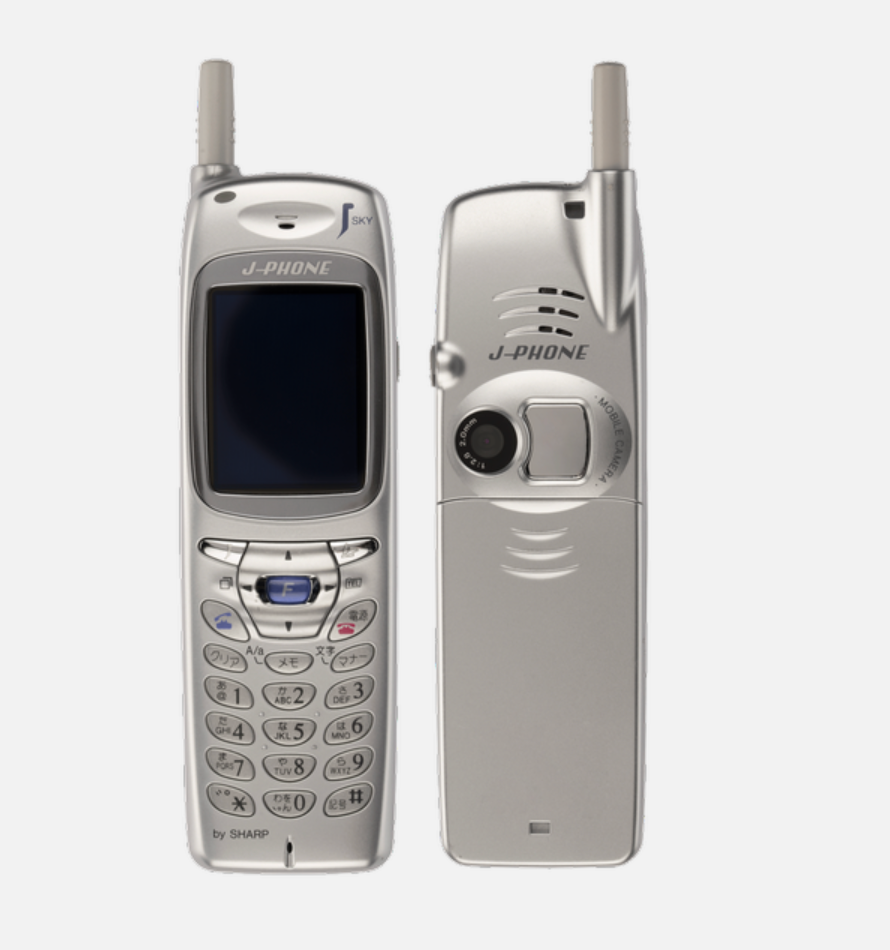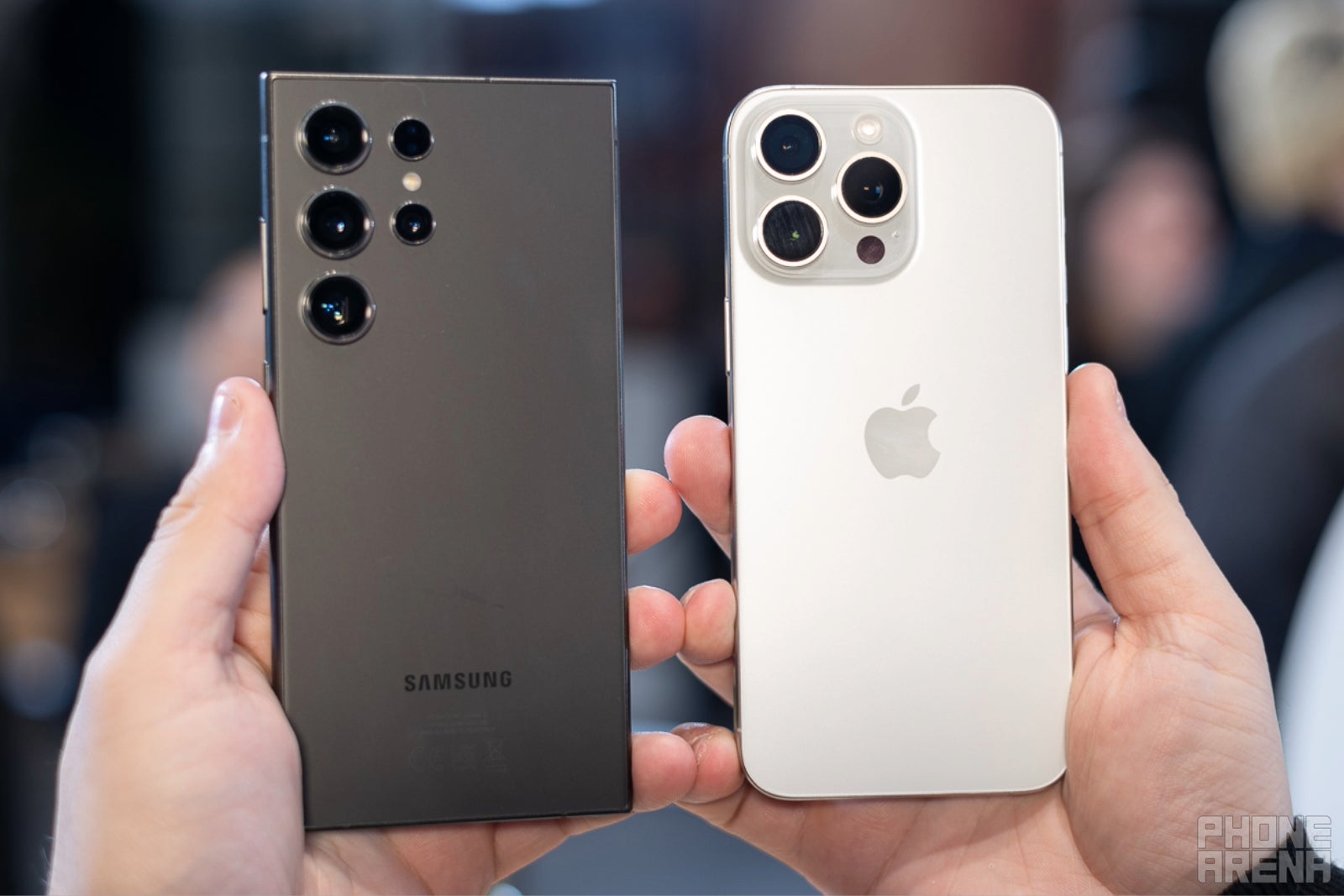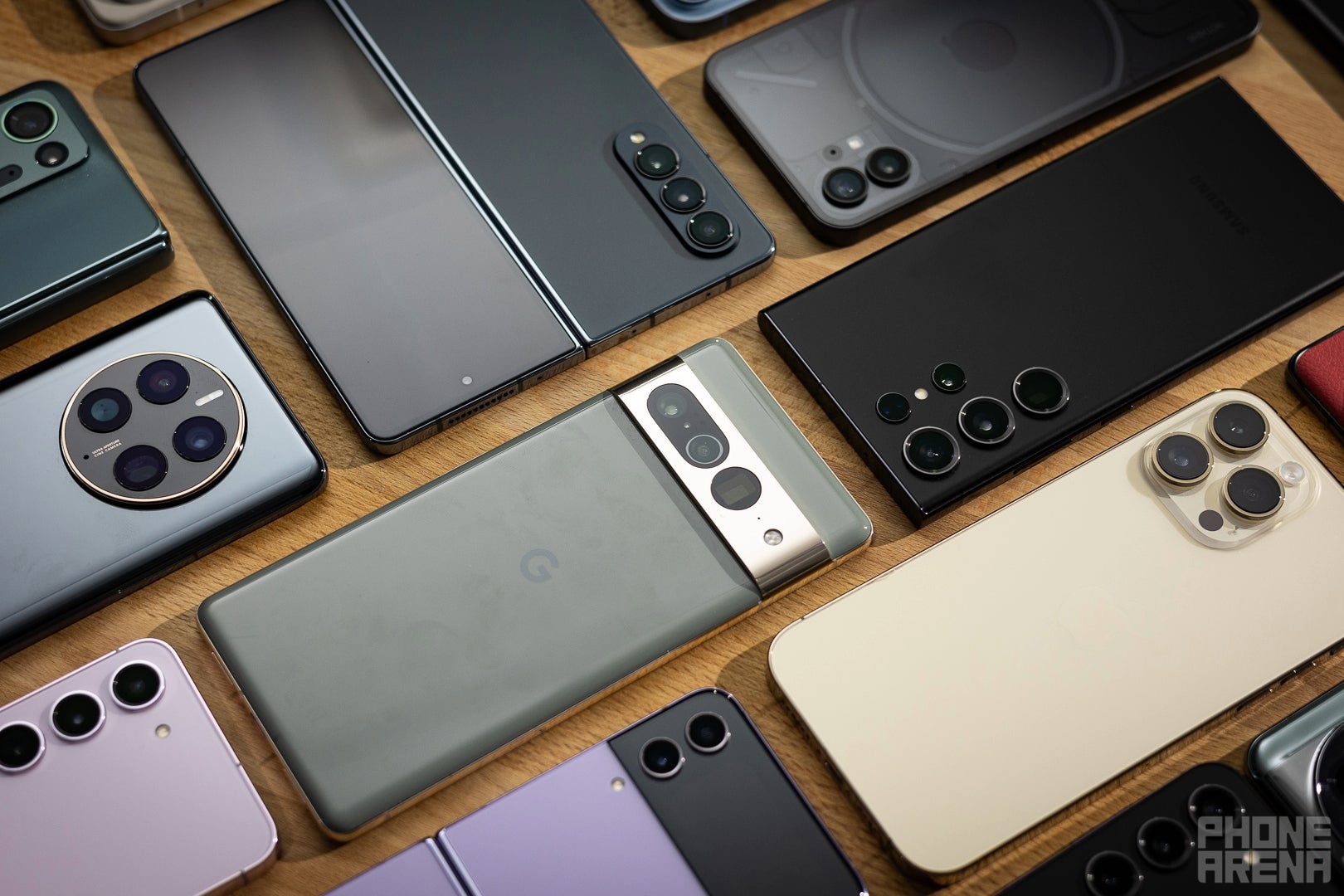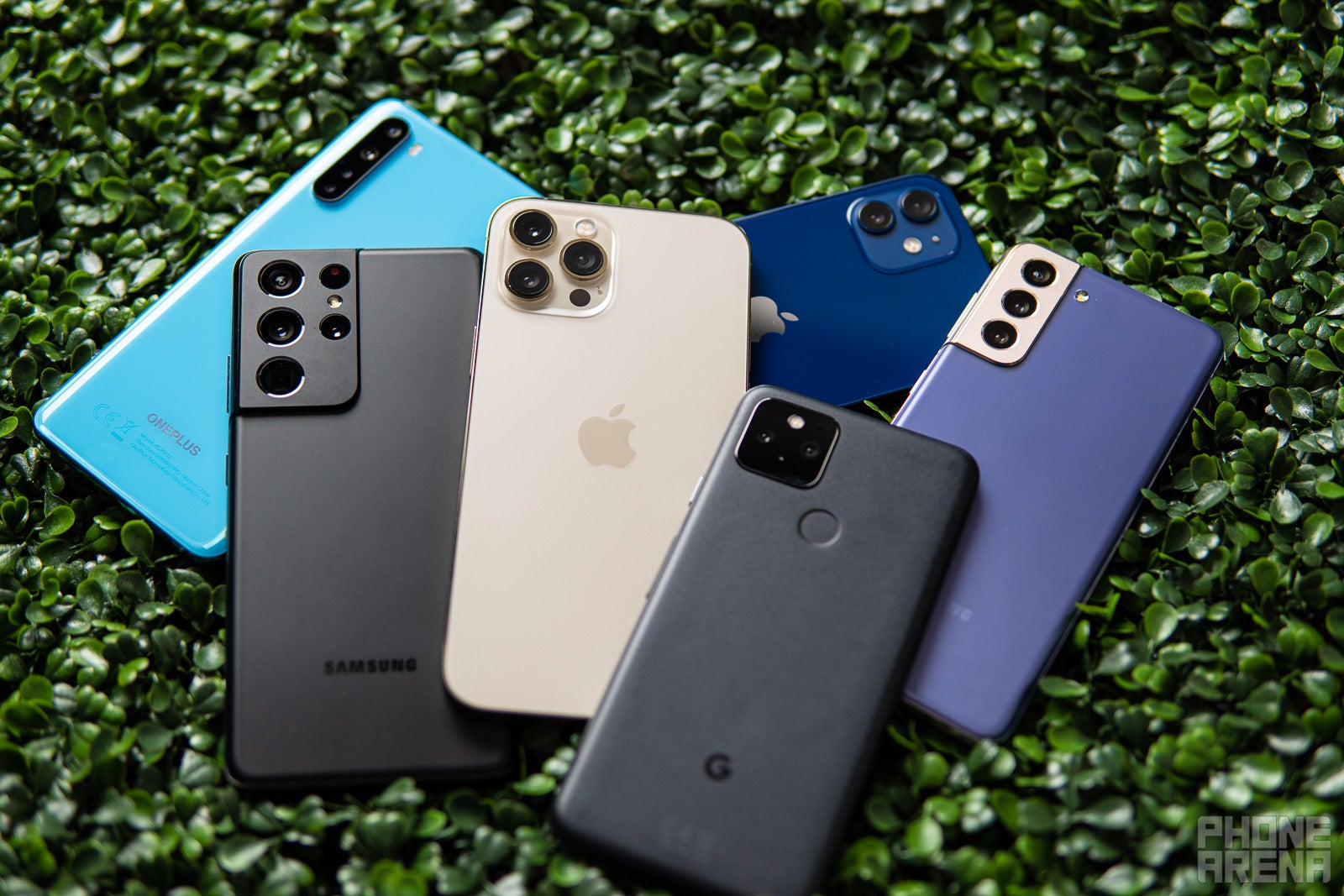This whole situation sparked a question: can you tell the difference between footage shot on different flagship phones? In 2024, most $1000+ devices boast impressive camera systems (as they should). Here are some camera specs of flagship phones just for reference:
- Galaxy S24 Ultra: Quad camera setup including 200MP main camera, 50MP telephoto periscope, 10MP telephoto and 12MP ultra-wide
- iPhone 15 Pro Max: Triple camera setup including 48MP main camera, 12MP telephoto and 12MP ultra wide
- OnePlus 12: Triple camera setup including 50MP main camera, 64MP telephoto and 48MP ultra wide
So, for the average person, figuring out exactly which phone captured a video or photo can feel like a real challenge. I could not help but wonder, are flagship phone cameras really that different from each other? Or is it brand loyalty that colors our perception? Let’s take a deep dive into the world of smartphone photography and its fascinating evolution!
From 0.1MP to 200MP in less than 30 years


The Sharp J-SH04 (Image Credit–The Mobile Phone Museum)
Fast forward a couple of decades and phone cameras have become an everyday essential. The megapixel race heated up, with brands pushing the boundaries. Just think of:
- Samsung
- Apple
- Sony
- OnePlus
- Xiaomi
Autofocus, zoom capabilities, and amazing low-light performance became the norm. By 2024, these pocket powerhouses were capturing stunning photos that rivaled point-and-shoots. The game got even more interesting when big names like Zeiss, Leica, and Hasselblad joined the party. These legendary optics companies partnered with smartphone giants:
- Leica with Xiaomi
- Zeiss with Sony
- Hasselblad with OnePlus
They bring their expertise to the mobile world. Why? Because they saw the potential: billions of people carrying powerful cameras in their pockets!
Zooming in: Apple and Samsung


Galaxy S24 Ultra next to the iPhone 15 Pro Max (Image Credit–PhoneArena)
The S24 Ultra brings some fresh gear to its camera setup – a brand-new 50MP periscope zoom camera. It can rock a sweet 10x optical quality zoom (that’s 5x optical + 2x crop from the sensor), and it’s not just impressive on paper – it delivers the goods in real-life situations.
Meanwhile, the iPhone 15 Pro Max boasts an upgraded telephoto lens with a tetraprism design, enabling an impressive 5x optical zoom, which is an improvement over the previous year’s 3x optical zoom capability.
In tech terms, two years might seem like an eternity, but when it comes to smartphone photography, it’s been kinda steady (especially if we put the AI adoption in smartphones aside). Sure, every new model brings some upgrades, but nothing so mind-blowing that makes the iPhone 13 Pro Max seem too outdated. Just check out Rihanna’s recent stage video – it speaks for itself.
You might wonder what’s the point of this guessing game. Well, besides being a bit of fun, it’s a reminder – most top-notch smartphones pack awesome cameras. No surprises there.
In the shadows of giants: OnePlus, Xiaomi, Pixel


Sure, Samsung and Apple are doing their thing at the front of the camera phone pack, but they’re not the only players in the game. Take the OnePlus 12, for instance – rocking a main camera decked out with the Sony LYT-808 and a slick periscope zoom.
It might not match the flashy 5X periscopes on the big players like the iPhone 15 Pro Max, Galaxy S24 Ultra, or Pixel 8 Pro with its cool AI camera tricks, but it’s still a solid pick for folks who dig photography.
Just a heads up, this article isn’t all about comparing cameras. If you’re itching for the nitty-gritty on how different phone cameras throw down against each other, check out:


Is it brand loyalty that colors our perception?


After all, in 2024 flagship phones cameras offer amazing capabilities that we even could not imagine a phone having ten years ago. Yes, some are better than others, but in my opinion, for the regular user, the differences might not be that noticeable. Tech enthusiasts on the other hand could spot them, of course.
Yet, maybe (really, maybe?) the brand plays a big role in how we perceive different images or videos, too. As with the video that triggered this story, is it brand loyalty that colors our perception? What I mean by that (and I will finish this article with it) is:
- Preconceived notions: We might subconsciously associate certain brands with superior camera quality. If someone tells you a photo was taken with the latest iPhone, you might automatically think it’ll be sharper or have better colors.
- Marketing hype: Tech companies spend millions crafting a premium image for their flagships. So, when we see sleek marketing campaigns highlighting a phone’s camera prowess, it can create a perception of superiority, even if the real-world difference is not that noticeable.
- Confirmation bias: If you’re a die-hard Samsung fan, you might be more likely to focus on details that seem to favor the Galaxy S24 Ultra in photos, even if the differences are hard to spot.
- The placebo effect: Believe it or not, simply knowing you’re using a “better” camera can influence how you perceive the final image. If you think an iPhone 15 Pro Max took the photo, you might find the colors more vibrant, even if in a world where the iPhone 13 can still hold its own in the camera department, years after its release.
#iPhone #Galaxy #duel #sparked #Rihannas #concert #phone #cameras


